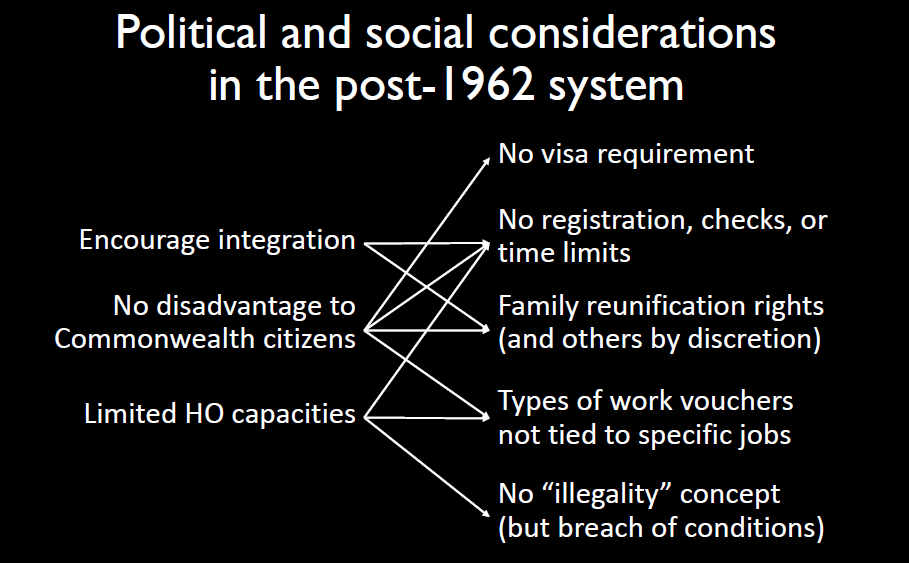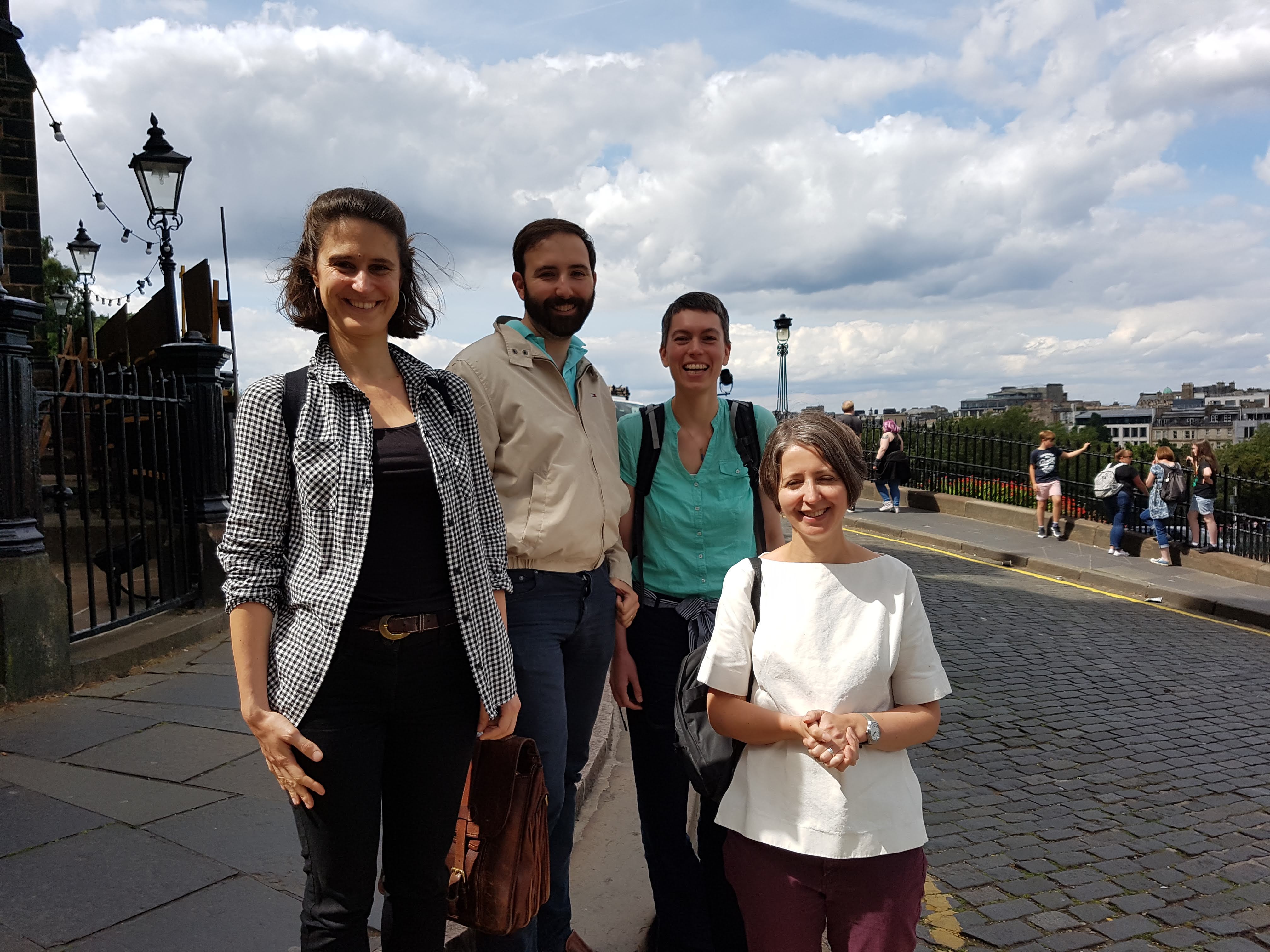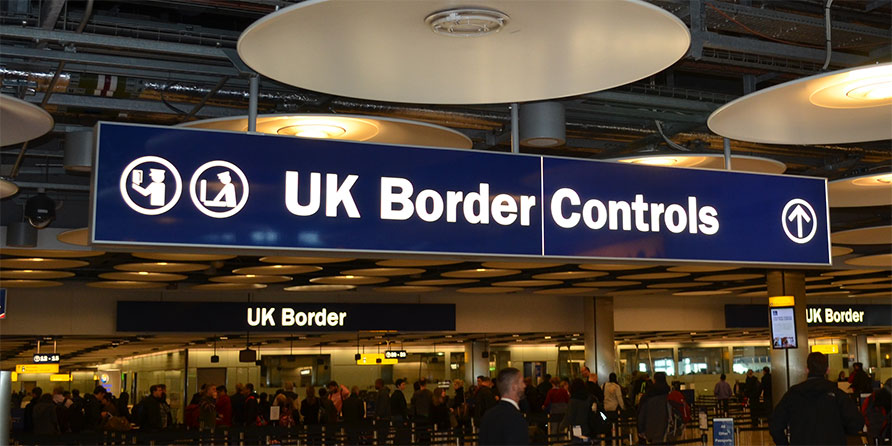How will lessons from Windrush be learned when the Home Office is institutionally resistant to learning?
The long-awaited report of the Windrush Lessons Learned Review was released last week. It cites talks given to the Home Office by our team member Mike Slaven, who presented to review staff about our project’s research into historical UK immigration control. Below, we are re-blogging a post that Mike wrote earlier this week for the British Politics & Policy blog at LSE, where he analyses the report.
How will lessons from Windrush be learned when the Home Office is institutionally resistant to learning?
The essential finding of the Windrush Lessons Learned Review is that the Home Office will not engage in learning from its past, writes Mike Slaven. He discusses the Review’s findings and argues that a value change at the Home Office – the key lesson from the Windrush Scandal – would not serve this government’s policy.
The government’s decision to bury the release of the long-delayed Windrush Lessons Learned Review amidst the COVID-19 crisis – as if they had been waiting for the right pandemic to come along – underscores what an embarrassment it is for them. Wendy Williams’s report is both comprehensive and scathing. Drawing from hundreds of interviews with officials and tens of thousands of pages of archival documents, it paints a portrait of developing institutional myopia and callousness which led ‘Windrush Generation’ immigrants who had every right to be in the UK to be gravely mistreated as suspected ‘illegal immigrants’. But far from bookending the Windrush Scandal, the report also identifies the precise barriers that make remedying the problems that led to it, for now, a remote prospect. When the institutional features of the Home Office which precipitated scandal align with the immigration policy priorities of the government of the day, it raises the spectre of further scandals, and makes it difficult to regard the Windrush Scandal itself as ‘over’ at all.
It is striking that the government is so clearly reluctant to release a report which actually aims most of its fire at the Home Office, which might be written off as a ‘problem department’ with entrenched cultural shortcomings that governments can only change so much. While, of course, the Windrush Scandal is often seen as an indictment of Conservative Party policy, Amber Rudd, who was forced to resign over the case, is no longer an MP, while Theresa May is a backbencher, echoing government apologies of the kind the report itself calls insufficient. Williams also takes a longer view of the political impulse to clamp down on ‘illegal’ immigration while assuming that everyone with status in the UK would have documents to prove it. She does not let the Labour Party off the hook for its restrictive turn in the latter part of the 2000s, but also does place blame at the feet of the Coalition and Conservative governments, which demanded ‘radical thinking’ about meeting migration targets which diminished checks that might have foreseen unintended consequences.
However, it is the culture of the Home Office over the long run which Williams blames most for precipitating the Windrush Scandal. Williams clearly communicates a key finding from our research, which we shared with the Review team: that the history of Commonwealth immigrants under a document-light system before 1973 had been institutionally forgotten. With a clear right to live in Britain, Commonwealth immigrants of that period could not have been expected to monitor the immigration system as it changed rapidly around them. It was the Home Office’s responsibility to remember them – but instead, it developed an increasingly hostile and sceptical view of immigrants and the proof they needed to offer to be allowed to stay in Britain, which inevitably ensnared the Windrush Generation alongside other, more intended targets. With a mindset increasingly dominated by metrics intended to show the public immigration was under control, the quality of decision-making deteriorated, as consciousness that immigration casework was about human lives fell by the wayside. Guardrails which would have kept political impulses in check corroded. While stopping short of finding institutional racism, the report does find a profound lack of reflection in the Home Office about race in immigration policy.
This all leads to a particularly troubling aspect of the report: one of the essential findings of the Review is that the Home Office is institutionally resistant to learning. Williams points out that the Home Office had many opportunities to figure out that something was going to go wrong regarding pre-1973 Commonwealth immigrants, or to detect the scandal as it was unfolding. However, these warnings came from outside advocacy groups who were habitually discounted rather than learned from. Williams concludes that what went wrong in the Home Office can must be fixed by the fostering of a ‘learning culture’, which would amount to a ‘major cultural change for the whole department and all staff’.
Opening itself up to outside criticism and to a broader view of its role in British society, the Home Office would re-centre fairness and humanity in its decisions. The staff of the Review whom I met, largely seconded from other parts of the Home Office, showed me that there are indeed individuals within the department who value these principles. Nonetheless, there is little question among those who deal frequently with the Home Office – including advocacy organisations – that this is not the case for department culture. In short, how will lessons be learned by a department whose problem is that it will not engage in learning?
The only clear answer is political leadership. This clearly will not be coming soon: the government will not even make amends for the scandal in the only way the report identifies as possibly making a difference, and compensation for the victims remains stalled. Beyond this, the reality is that a value change at the Home Office would not serve this government’s policy. Why would the Home Office centre the humanity of immigrants when the government’s new points-based system intends to treat them as economic assets? Why would the Home Office engage in learning when this might only reveal the shortcomings and fallacies of the government’s drive to (symbolically, at least) ‘take back control’? The narrowness of the Home Office’s view befits this government’s policy intentions, as it has previous governments’. Indeed, it mirrors a certain narrowness of the Windrush Scandal itself, which has focused less on merits of the ‘hostile environment’ in general, than on the ways in which particular groups of immigrants with wide public sympathy were swept up in it. Construing the scandal in such a narrow way, as the current government and earlier responsible ministers have done, means a real risk of further scandals down the line, particularly regarding the status of settled EU immigrants.
Learning lessons from the Windrush Scandal will be a tall order when the department responsible lacks a ‘learning culture’. This will take political leadership which at the moment we lack, as what critics see as bureaucratic shortcomings are, for current government policy, actually virtues. Williams has put forward a brave and sweeping vision of reform at the Home Office. Hopefully it will be a cornerstone for reform at a moment when British politics can turn its attention again to these issues.





